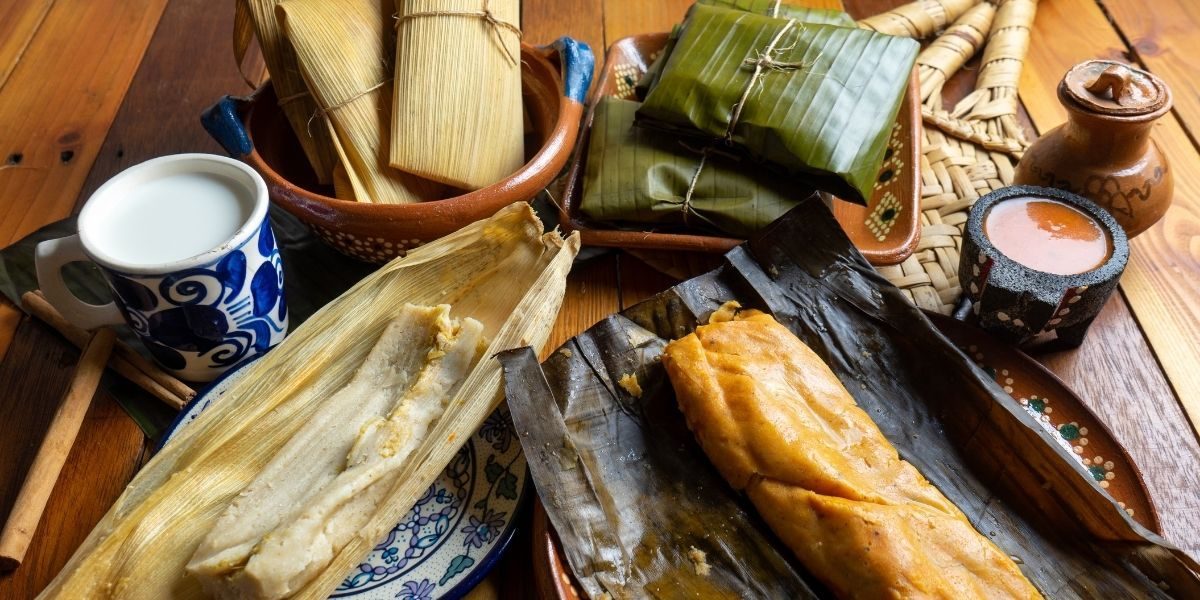
One Food Many Traditions: Celebrating Hispanic & Latinx Heritage Month
Hispanic & Latinx Heritage Month: One Food Many Traditions
Hispanic & Latinx Heritage Month celebrates the cultures and history of a kaleidoscope of people across more than 20 countries and 4 continents. Certainly, cuisine plays a tremendous role in this celebration. While the cuisine across Hispanic cultures varies from country to country, even region to region, there are many similarities too. One dish in particular seems to be at the heart of traditions and celebrations; it also happens to be a labor of love. That dish is tamales.
It is believed that tamales originated in Mesoamerica as early as 8000 BC with the indigenous Aztec and Mayan cultures and spread to the rest of Latin America. This calorie-dense, compact food source was easily portable while hunting, traveling or even feeding ancient armies.
No matter where you are, tamales have three main components: a dough, a filling, and a wrapping. The wonderful uniqueness of each culture shines through each of these elements.
Let’s start with the dough
In Mexico, believed to be one of the first places to make tamales, the dough is made of dried corn called masa. While corn-based dough is the most common, the thickness of the dough and they type of corn varies. For example, in the Andes, tamales are called humitas and they use fresh corn instead of dried to make their dough. In Guatemala, the masa surrounding the filling is thinner than in other countries.
Now the filling
The flavor profile and contents of the tamale fillings provide the greatest variety among different cultures and can even change within a culture based on holidays. In Venezuela, tamales are called Hallacas and have a sweet and savory filling of meat, raisins, capers and olives. They are a traditional part of Christmas and New Year’s meals. A similar filling is found in Guatemala. Costa Ricans fill their tamales with a fairly mild meat filling but serve them with a sweet and spicy sauce called salsa lizano.
To wrap it up
The name tamale is derived from the Aztec word tamalli meaning “wrapped food” and the wrapper plays a fundamental role in the cooking process. Availability and resourcefulness likely determined what wrapper each tamale would be cooked in. In Mexico tamales are wrapped and steamed in corn husks. On many of the Caribbean islands like Cuba, Puerto Rico and the Dominican Republic, tamales, called Pasteles, are wrapped in banana leaves and boiled instead of steamed. In Costa Rica and Guatemala tamales, are wrapped in plantain leaves.
Regardless of where they are made, making and eating tamales is a time-honored tradition that is passed down through generations. It is a perfect example of how one food can reflect the cultures of so many.
+++
At FLIK Hospitality Group we believe in great food, great service, and great people. Our wellness first approach ensures our food supports healthy and delicious choices, specially curated by our team of culinary experts and registered dietitians. At FLIK, we believe in seasonality in sourcing our ingredients and providing a customized approach to the culinary and hospitality needs of each client. Our dedication to providing quality hospitality service is unparalleled in the industry.
Have feedback or questions for our team? Email us at flikblog@compass-usa.com.